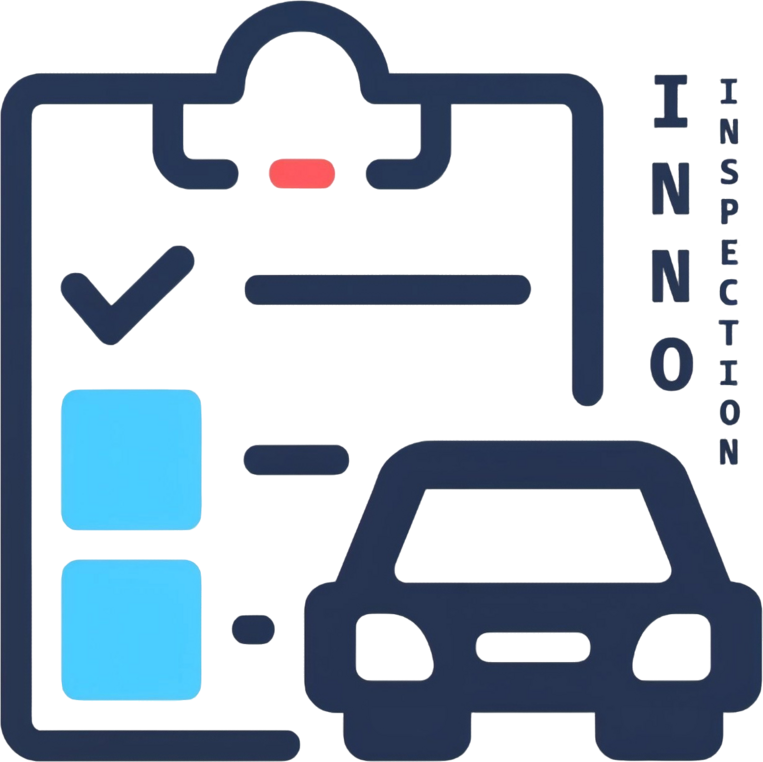Introduction
In the competitive world of enterprise fleet management, driver behavior is a critical component that influences safety, efficiency, and overall operational costs. As companies strive to optimize their fleets, understanding and improving driving habits becomes essential. This article explores the significance of monitoring driving behaviors, their impact on safety, and actionable strategies for cultivating better habits within your fleet.
The Importance of Monitoring Driving Behavior in Enterprises
Monitoring driving behavior is crucial for large-scale operations for several reasons:
- Minimizing Accidents: Unsafe driving practices, such as speeding, abrupt braking, and aggressive cornering, can significantly increase the likelihood of accidents. By identifying these risky behaviors through telematics and monitoring systems, fleet managers can implement targeted interventions to reduce incidents, protect drivers, and mitigate legal liabilities.
- Lowering Insurance Costs: Enterprises with strong safety records often benefit from reduced insurance premiums. A commitment to driver safety demonstrates to insurers that the organization is proactive in managing risk, which can lead to lower costs over time. Additionally, fewer accidents mean fewer claims, further enhancing the organization's risk profile.
- Boosting Fuel Efficiency: Aggressive driving not only jeopardizes safety but also leads to higher fuel consumption. Studies have shown that smoother driving techniques can improve fuel economy by up to 30%. Teaching drivers to adopt practices such as gradual acceleration and deceleration can lead to substantial fuel savings, directly impacting the enterprise's bottom line.
In enterprise fleet management, safety isn’t just a protocol; it’s a strategic advantage. — Fleet Safety Consultant
Understanding the Role of Telematics
Telematics technology plays a pivotal role in monitoring and improving driver behavior. By collecting data on various driving metrics, telematics systems provide insights into:
- Speeding Instances: Identifying patterns of speeding can help managers address specific drivers or routes that contribute to unsafe practices.
- Harsh Braking and Acceleration: Frequent harsh braking or rapid acceleration indicates aggressive driving, prompting the need for further training.
- Route Optimization: Analyzing routes taken by drivers can reveal inefficiencies and suggest alternatives that enhance both safety and fuel economy.
Tips for Promoting Safe Driving Habits in Enterprises
- Implement Comprehensive Driver Training Programs: Tailor training sessions to address the specific needs of your enterprise. Focus on safe driving techniques, defensive driving strategies, and vehicle management best practices. Regular refresher courses can reinforce these skills and keep safety at the forefront.
- Leverage Telematics for Real-Time Feedback: Use telematics systems to continuously monitor driving behaviors. Provide drivers with actionable insights and regular performance feedback. Consider setting up a dashboard where drivers can view their metrics, fostering a sense of accountability and motivation to improve.
- Establish Incentive Programs for Safe Driving: Create recognition and rewards systems for drivers who consistently demonstrate safe driving habits. Incentives could include bonuses, extra time off, or public acknowledgment within the company. Celebrating safe driving can motivate others to adopt similar practices.
- Foster a Safety-First Culture: Cultivate an environment where safety is paramount. Encourage open communication among drivers to share experiences, challenges, and best practices. Regular safety meetings can reinforce the importance of maintaining high safety standards.
- Utilize Data for Continuous Improvement: Analyze data collected from telematics and driver performance metrics to identify trends and areas for improvement. Use this information to refine training programs, adjust incentive structures, and develop targeted interventions to enhance overall fleet safety.
Conclusion
Improving driving behaviors within an enterprise fleet is vital for enhancing safety, efficiency, and profitability. By focusing on training, monitoring, and cultivating a culture of safety, fleet managers can drive meaningful change that benefits the entire organization.
Ready to elevate your enterprise fleet safety culture? Explore our resources for effective driver management strategies and training programs tailored for large-scale operations today!







